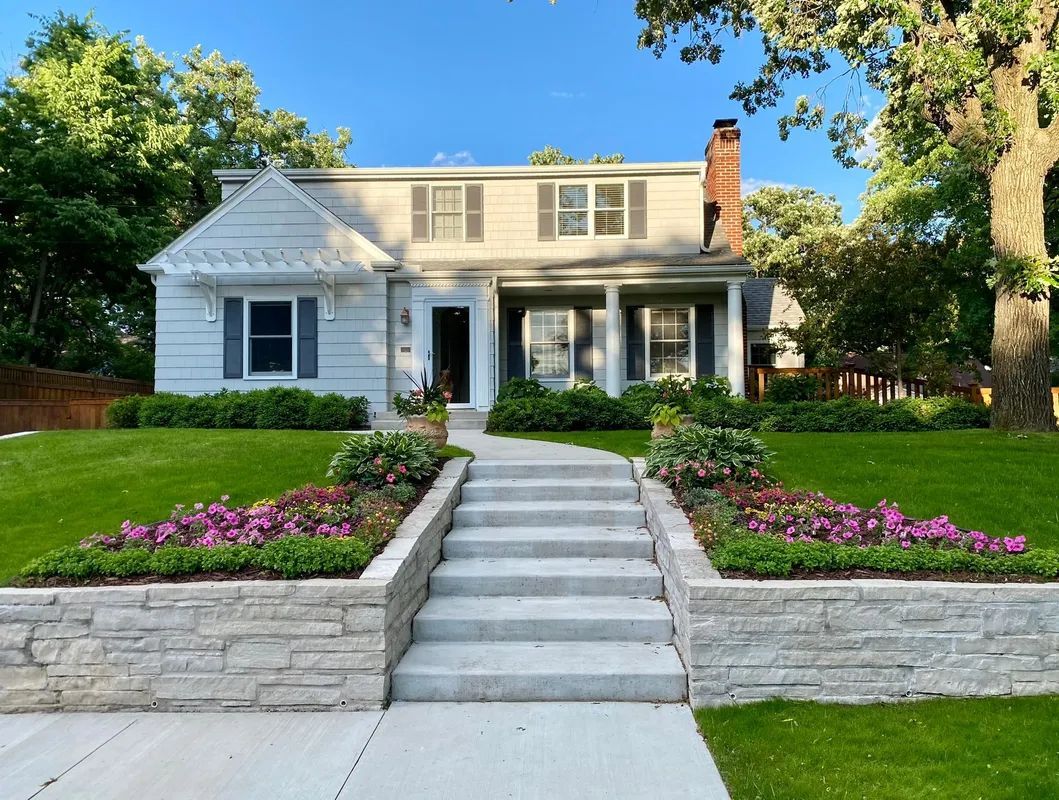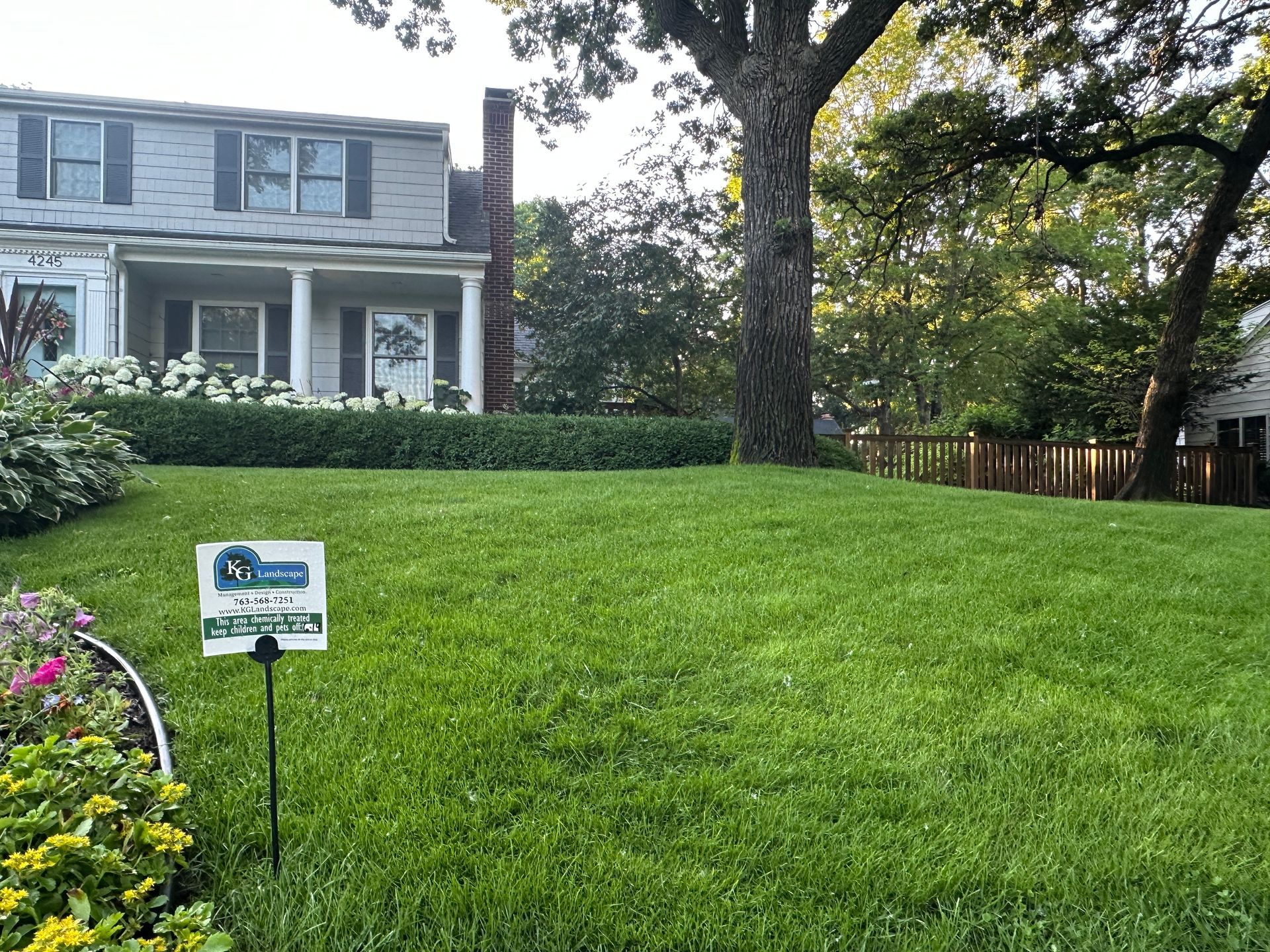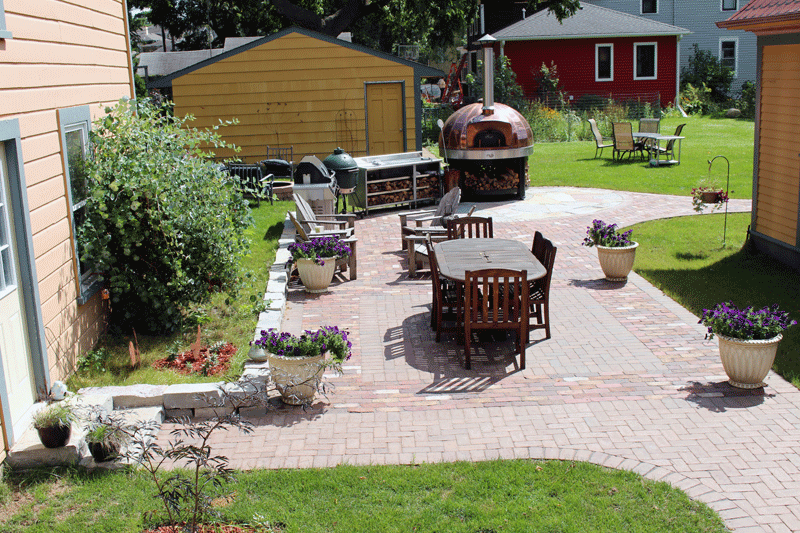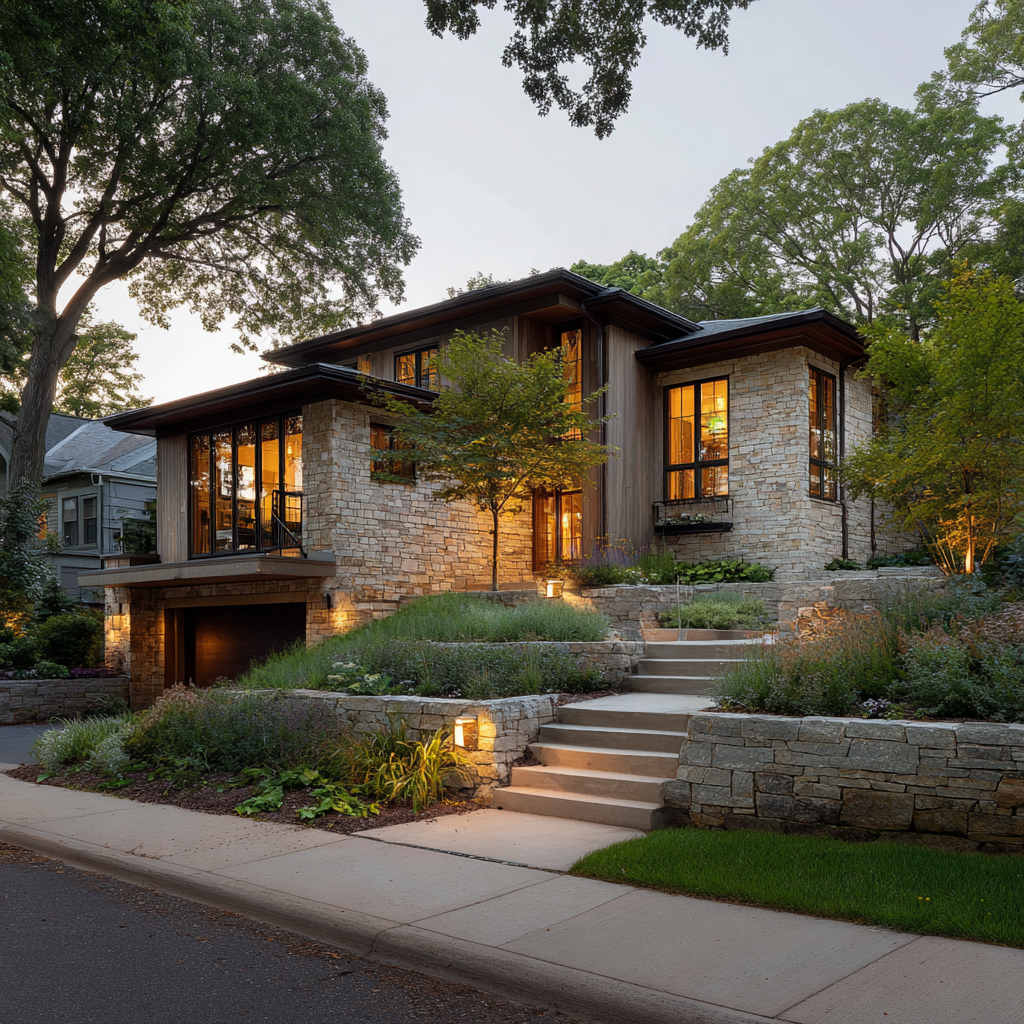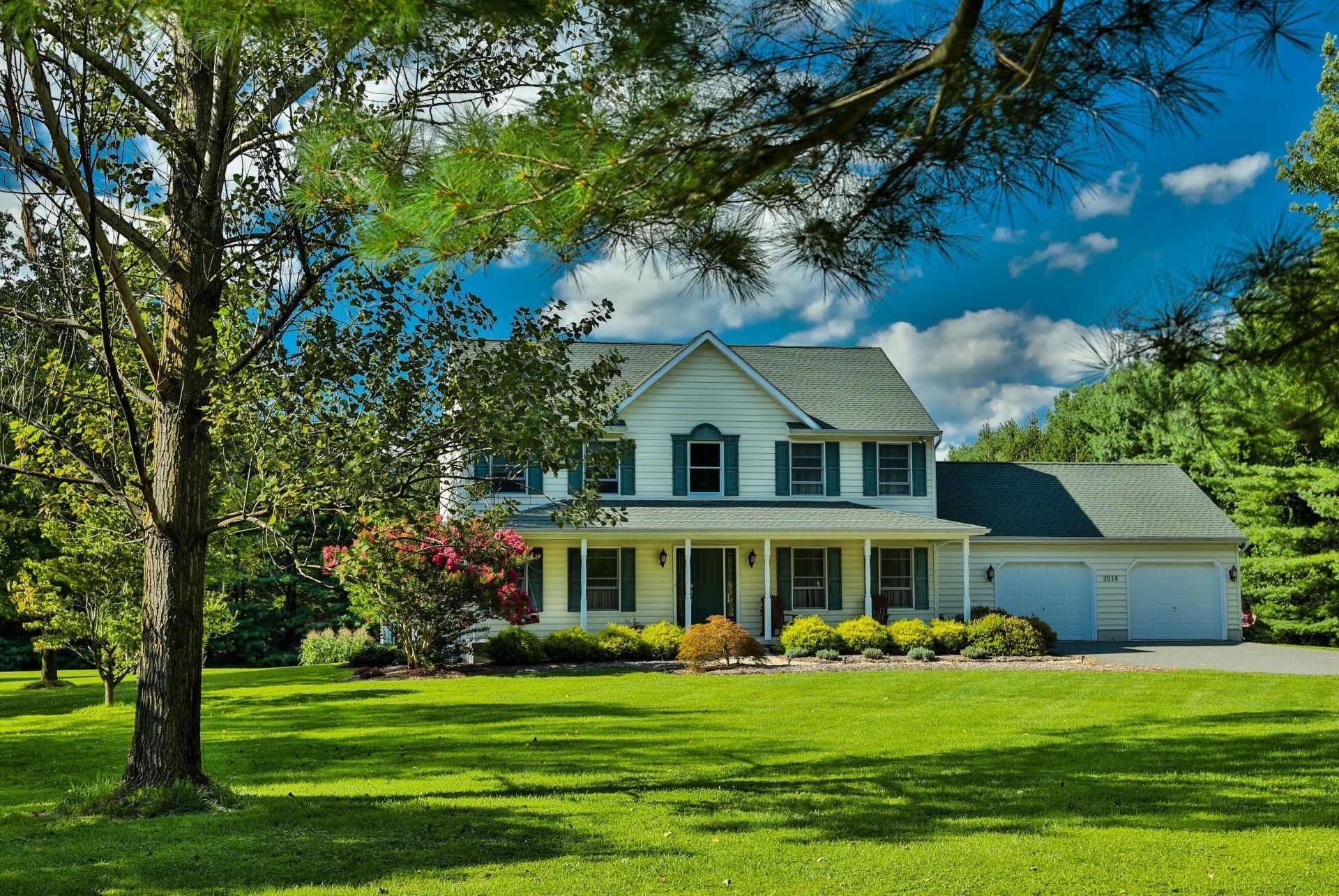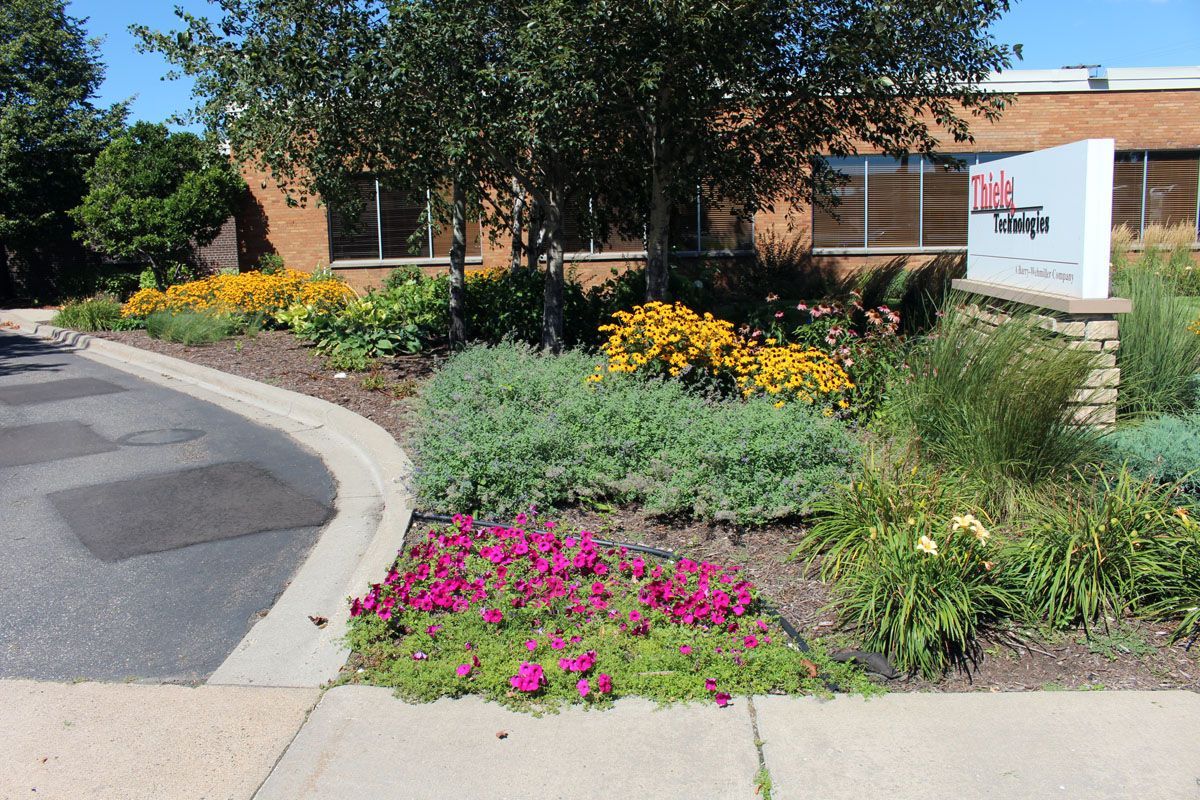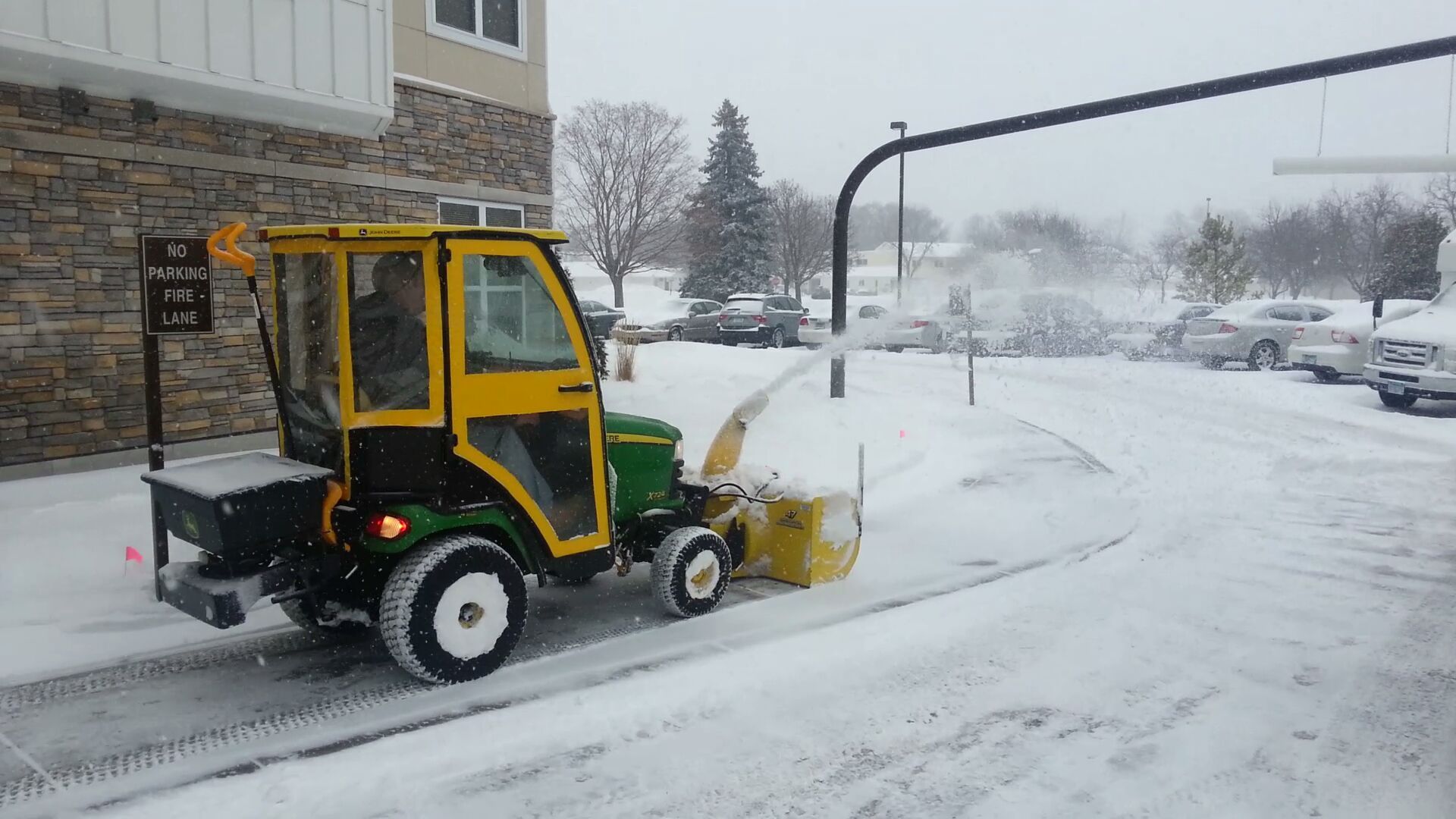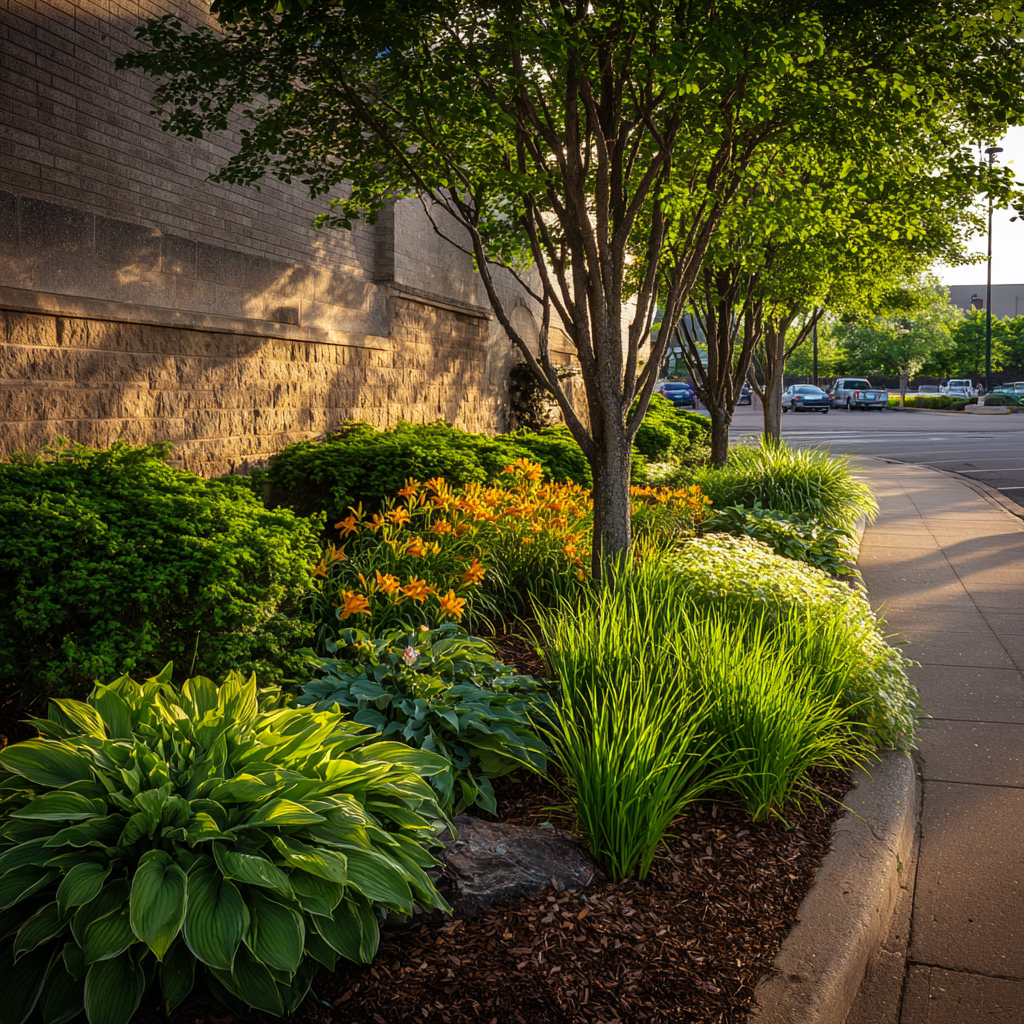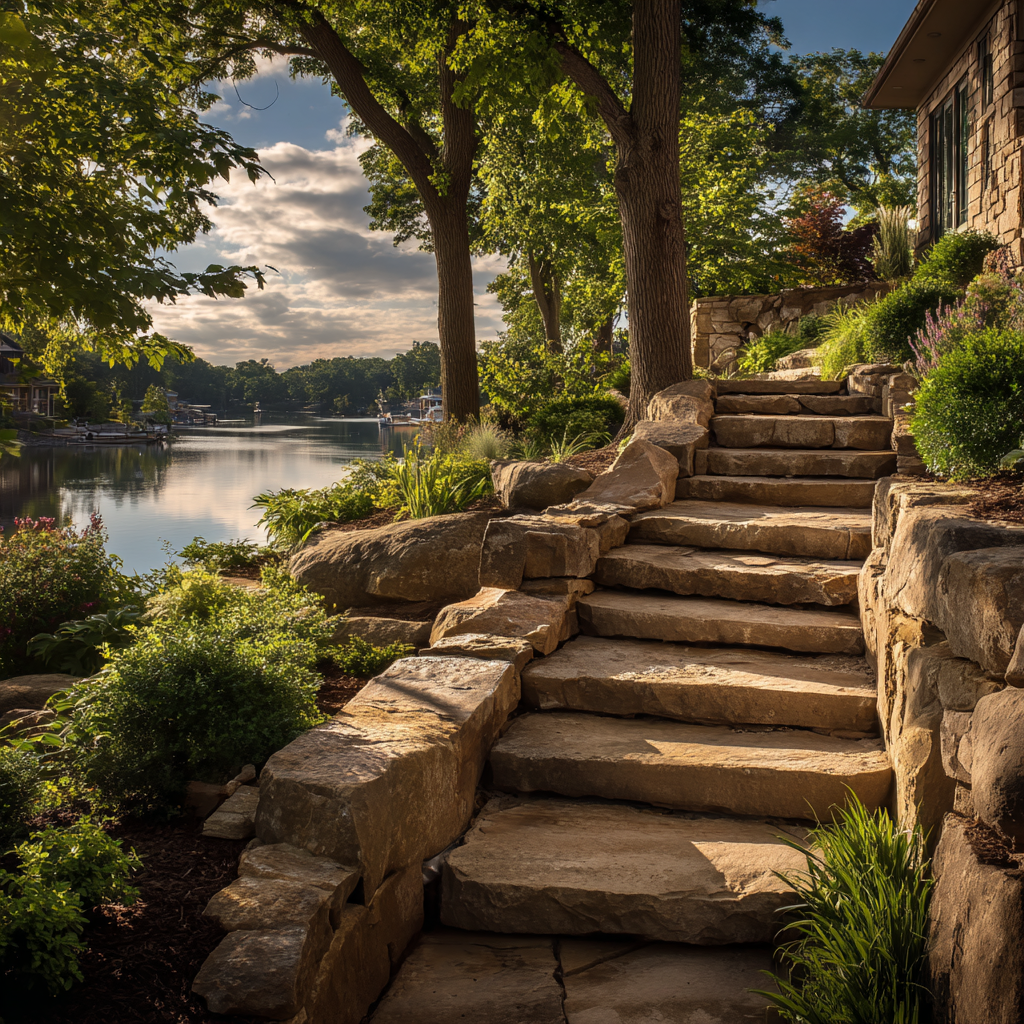10 Inspiring Topiary Tree Gardens
Topiary gardens have origins dating back all the way to Roman times. Although this unusual hobby might not be to everyone’s taste, few people can deny the impressive maintenance and display of topiary tree designs.
You might know them simply as well-pruned hedges and ornamental trees, or living sculptures in landscape design. Topiary is the horticultural practice of training perennial trees to develop and maintain clearly defined shapes by clipping and trimming the foliage.
Unless you live in a glitzy gated community in Beverly Hills, it’s unlikely that you’ll find any massive topiary displays in your neighborhood. However, many notable topiary attractions that display impressive architecture, animals, characters, and other shapes are seen throughout the world.
We’ve compiled a list of ten of the most awe-inspiring topiary tree designs found around the world. From the sprawling gardens of the Palace of Versailles in Paris, France to an entire town in Tasmania dedicated to topiary, these displays are sure to impress.
1. Levens Manor – Cumbria, England
Located in Northern England, the sprawling Leven’s Manor is the oldest operating topiary garden globally, with its inception dating back to the 1690s. Over 30,000 unique species of plants are grown on-site. Perhaps the most notable features of this garden are the boxwood and yew trees, precisely pruned into large, whimsical shapes.
2. Topiary Park – Columbus, Ohio
Travel stateside to downtown Columbus, Ohio, to visit Topiary Park. This unique garden was designed entirely to mimic George Seurat’s painting, A Sunday Afternoon on the Island of La Grande Jatte. Formerly known as Topiary Garden at Old Deaf School Park, this popular Midwest tourist attraction features 9.2 acres of topiary features, including 54 people, 8 boats, 3 dogs, a cat, and even a monkey.
3. Drummond Castle – Perthshire, Scotland
If traveling through Scotland, fans of Harry Potter should prioritize a visit to the grounds of Drummond Castle. Reminiscent of the mythical Hogwarts Castle, this impressive architectural feat has seen many changes to its garden over the years. The grounds were restored to reflect the geometric patterns popularized in the late 1600s and feature carefully clipped hedges in the shape of St. Andrew’s cross.
4. Green Animals Topiary Garden – Portsmouth, Rhode Island
Animal lovers across America can add the Green Animals Topiary Garden to their list of must-see road trip stops for the next family vacation. This menagerie of masterfully manicured trees, shrubs, and hedges feature furry and feathered friends like bears, camels, ostriches, dogs, horses, reindeer, and even a unicorn. There are over 80 topiary scenes to take in throughout the 7-acre estate.
5. The Palace of Versailles – Paris, France
What would a Parisian palace be without a vast, beautiful garden? At the Paris of Versailles near Paris, France, visitors can see over 800 topiaries pruned into 87 different shapes. The gardens were restored to reflect the stylistic preferences of King Louis XIV, who ruled France for 72 years until his death in 1715. Towering hedges and vibrant, aromatic orange trees are interspersed around weaving walkways
around the grounds.
6. Municipal Cemetary – Tulcan, Ecuador
For the more morbid explorers out there, the municipal cemetery in Tulcan, Ecuador, is a prime location to view unique, symbolic topiaries while walking among the graves and tombs of fallen Ecuadorian soldiers from the 1941 war with Peru. This eerily exciting attraction features towering faces, maze-like hedges, and arches throughout the cemetery. Many topiary features are shaped to reflect traditional Ecuadorian artistic styles.
7. Town of Topiary – Railton, Tasmania
Known as the “Town of Topiary,” this tourist trap in Tasmania grew, quite literally, from one man’s addiction to the art of topiary. Resident Neil Hurley has worked to place over 80 different topiary features throughout the town since 1999. Some notable features include homages to the armed forces and cute cattle dog corralling some cows.
8. Marqueyssac – Perigord, France
Hidden among the rolling hills of the Dordogne Valley lies another topiary treat. Drop by the dreamy gardens of Marqueyssac and see the stunningly sloped shrubs, designed to look similar to the surrounding setting of lush, green hills. Some also say they see the shapes of slumbering sheep in the garden’s greenery.
9. Ladew Gardens – Baltimore, Maryland
Across the pond, back in the U.S., gardeners are guaranteed to be blown away when they get a glimpse of the Ladew Gardens. The wonderful displace of gorgeous garden grandeur was erected by Harvey S. Ladew, during New York’s Gilded Age. The avid sportsman developed a design depicting hunting scenes, including foxes, hounds, and pursuing horses with riders.
10. Pearl Fryar Topiary Garden – Bishopville, South Carolina
While most topiary gardens typically utilize yew, boxwood, and privet species, the contemporary Pearl Fryar Topiary Garden is home to over 50 different trees and shrubs. The garden is comprised of rescued trees discarded by local nurseries that the owner, Pearl Fryer, nursed back to health beginning in the 1980s, making it an incredibly sustainable landscape design. The topiary display takes on more of an abstract feel with sweeping arches, twisting spirals, and swirling limbs reminiscent of a Dr. Suess storybook.
At-Home Pruning Tips
Perfecting a pristinely pruned topiary garden is no small feat. Some of the owers of the gardens we listed above dedicated their entire life’s work to crafting these idyllic scenescapes. While topiary designs of that size may be out of the realm of possibility for a backyard garden, there are still some ways to incorporate manicured shrubbery and trees into your property.
The point of pruning is to remove damaged, diseased, or dead stems, promoting new and healthy growth. These few at-home pruning tips will keep your garden looking lush and vibrant, rivaling topiary gardens from across the globe:
Caring for a garden, topiary or otherwise, can be a soothing, meditative experience. Some people have spent large portions of their life, creating whimsical designs with trees, shrubs, and bushes. Use these fantastic displays of topiary design as further inspiration for your backyard garden.

